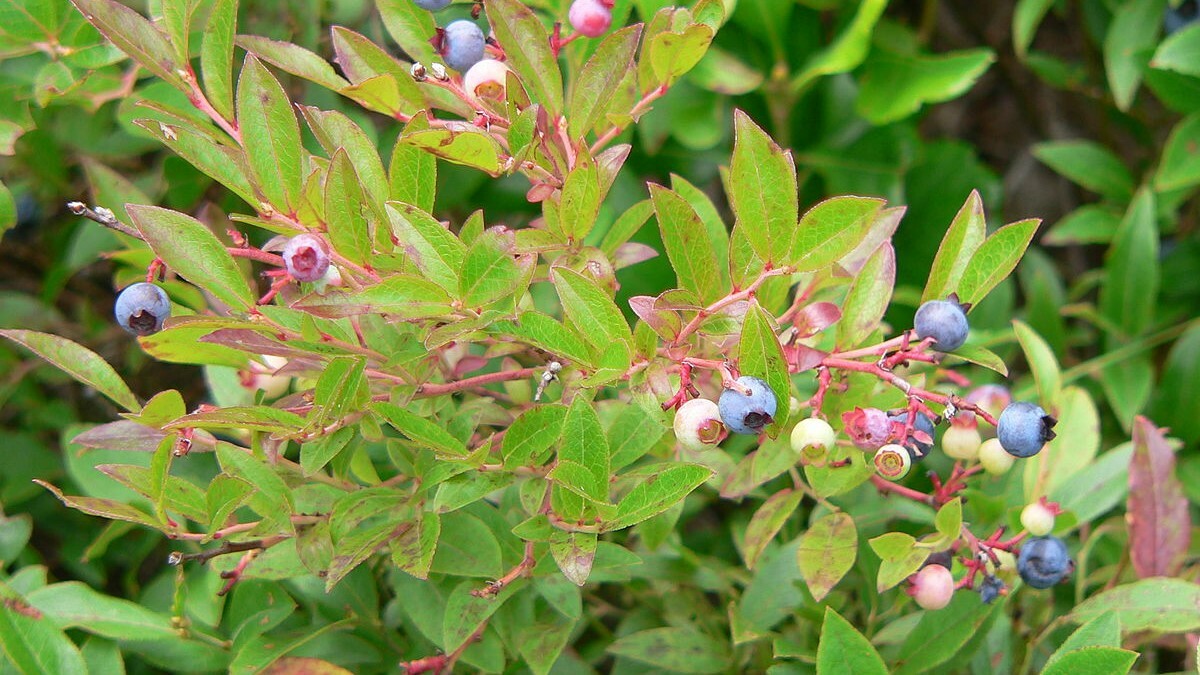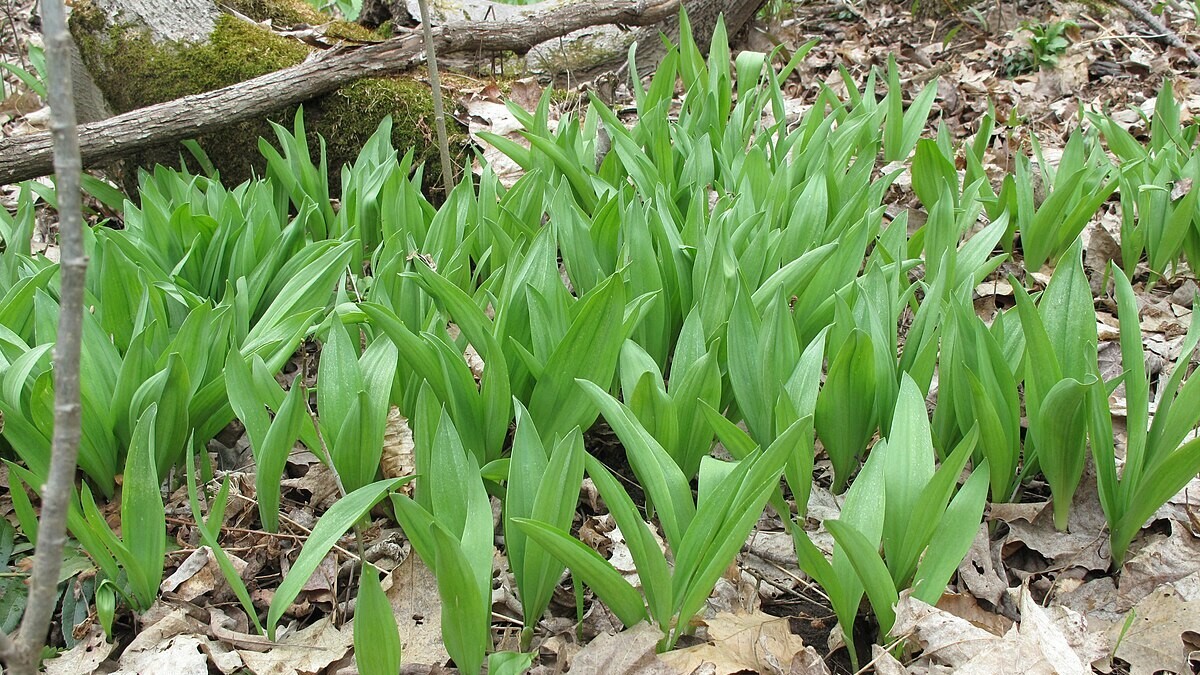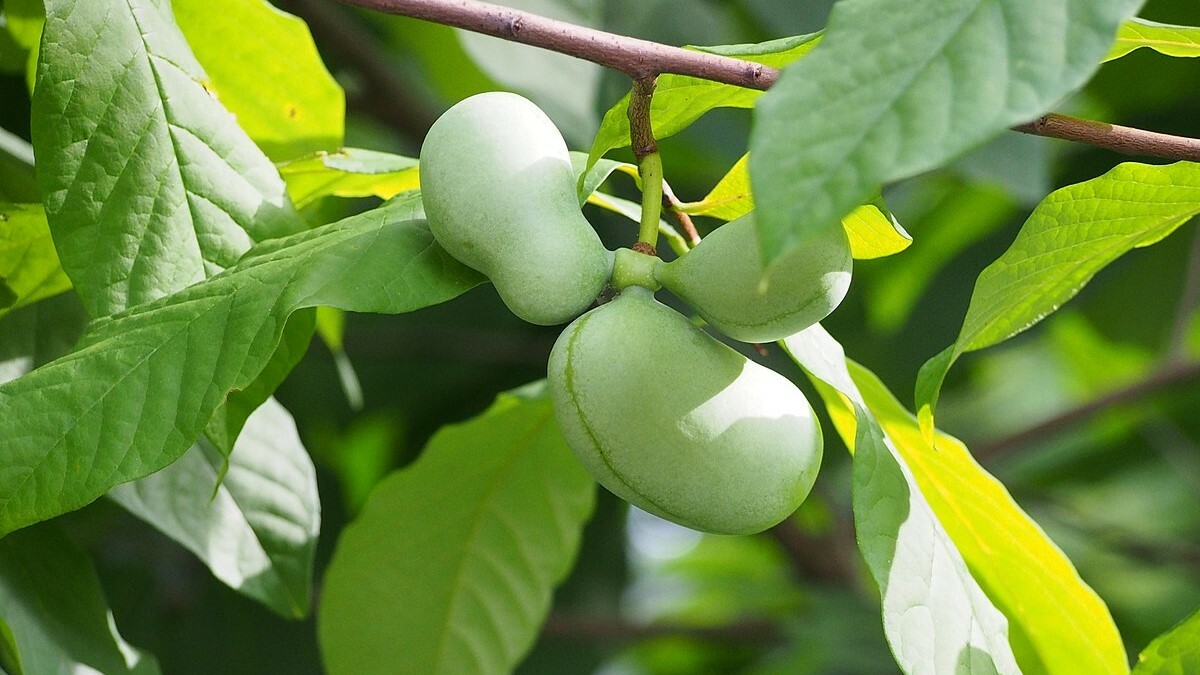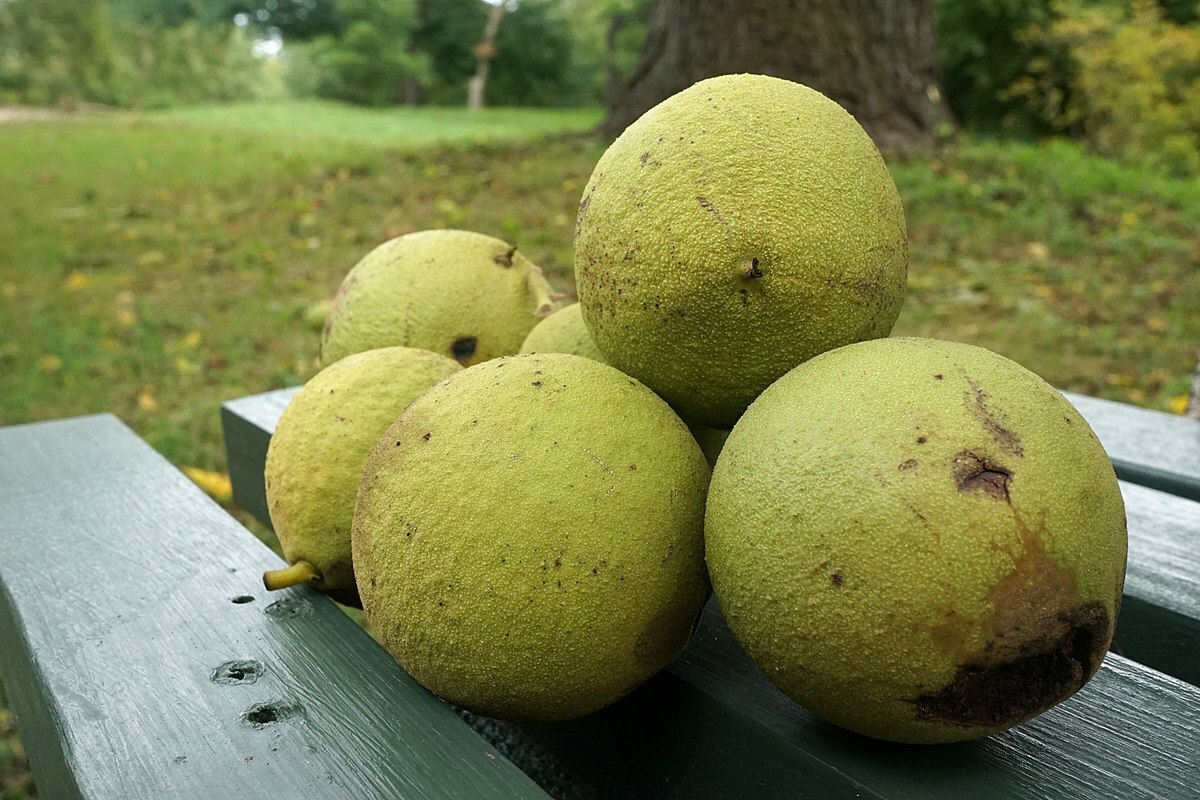I still remember the first time I tasted a wild blueberry. I was in middle school and my dad and I had taken a three-day weekend to hike around the Pisgah National Forest. We had been hiking all morning and gaining a lot of evaluation. My legs were just about to give out when we reached a rocky overlook surrounded by wild blueberry bushes. We sat down on the cool stone and watched the clouds roll over the Appalachian Mountains as we each ate a handful of blueberries.
In that moment it seemed like I’d never had berries that tasted so good. It was the sweet taste of success – a view well-earned and the delight of discovering a tasty treat.
The Appalachians Mountains are full of great foraging experiences that can inspire a life-long love of National Forests and public lands. When you know when and where to look, you’ll start seeing berries, mushrooms, and other edible plants everywhere.
Note: Read to the end to make sure you are foraging safely and responsibly! This post is not meant to substitute a proper foraging guide.

Photo by Lee Coursey.
Blueberries
Blueberry bushes are not unique to Appalachia, but they are one of the most popular and easily identifiable edible plants in the area. Blueberry bushes can grow between two and ten feet tall and prefer the dry, sunny conditions along open fields, hillsides, and mountain balds. The best time to forage for blueberries is when they turn ripe in mid- to late summer.
The Roan Highlands in Cherokee National Forest are particularly well known for their blueberry bushes that provide hikers with a tasty summer snack!

Photo by Gilles Ayotte.
Ramps
Also known as wild leeks, ramps are a popular springtime delicacy across the Appalachians. Young plants emerge in early spring when the soil temperature begins to rise, and the leaves die back in late spring as the tree canopy closes. This makes late April and early May the best time to forage for ramps.
Foragers will have the most luck searching for ramps on north facing slopes and in areas with rich, moist soil. Ramps can be identified by their strong onion or garlic smell.
Unfortunately, due to over-harvesting some areas have restricted ramp foraging. Make sure you are foraging sustainably by only taking one leaf per plant and leaving the bulb to continue to grow. Check with your local Forest Service District Office if they allow ramp foraging or if you need a permit to forage for ramps.

Photo by Agnieszka Kwiecień.
Pawpaws
The Pawpaw is well loved by Appalachian locals as a native fruit with a tropical taste. Pawpaw fruit is the largest tree fruit native to the United States, and its custard like flesh has been said to taste like a combination of banana, pineapple, and mango.
Many foragers follow their nose when searching for a thicket of pawpaw tress. In the spring, pawpaw flowers produce a strong, rotten smell to attract pollinators; in the late summer and fall, their ripe fruit has a sweet, fermented scent. Riverbanks and lake shores are a good place to start your search for these small, understory trees. Pawpaw trees are particularly abundant in the George Washington & Jefferson and Monongahela National Forests.

Photo by Peggy Yaeger.
Chicken of the Woods
Chicken of the Woods is popular among foragers for good reason - it is delicious and easy to identify! This bright yellow-orange mushroom grows in a shelf-like pattern on oak trees and a few other hardwoods in eastern North America. The best time to forage for Chicken of the Woods is in the summer and fall when the mushroom caps are still young and have a spongy texture. Young mushrooms make fantastic sautés or stews, and taste surprisingly like chicken!
Gathering Chicken of the Woods is a great place to start if you don’t have any mushroom foraging experience. Be sure to consult an identification guide before you go on your mushroom-picking adventure!

Photo from Plant Image Library.
Black Walnuts
If you are looking for a challenge, foraging for black walnuts might be a good fit. Although these trees are common across the eastern United States and are relatively easy to find, hulling and shelling black walnuts can be hard work. For many, the rich flavor of the nutmeat is worth it, and makes the prefect candied treat for the holidays.
Black walnuts begin to drop during the summer and continue into the fall. Look for these tall trees along forest edges, stream banks, and open fields. Inside their green hull, black walnuts look more like round fruit than nuts. Wait until the hull is yellow-black and ripe before harvesting and make sure you wear gloves. Hulling black walnuts is a messy process!
Foraging Safely and Responsibly
Remember to never consume any wild berries, mushrooms, or other plants if you are not positive they are safe to eat. Not all edible plants are safe to eat raw or in large quantities either. Spend time learning how to identify edible plants in your area and consult a guide before trying to forage for plants you are unfamiliar with.
You also want to make sure you are foraging responsibly. Don’t take too many of any one kind of plant from a single area. Taking only what you need will help plant populations naturally regenerate so we can enjoy them for years to come.
There are some areas of National Forests where visitors cannot forage such as wilderness, special management, and recreation areas. Visitors may also need a permit based on what they want to collect, how much of it they will collect, and if they are using it for individual or commercial purposes. Contact your local Forest Service District Office to learn more about where you can forage and what permits you need before you start your foraging adventure.
Cover photo by Photo by Peggy Yaeger.
--------
Did this blog get your adrenaline going for some National Forest adventure experiences? We hope so! Your support is crucial to ensuring the National Forest Foundation can complete dozens of projects each year that keep the adventure coming. Please click here to make a much-needed unrestricted gift today. And, happy (safe) adventuring!

